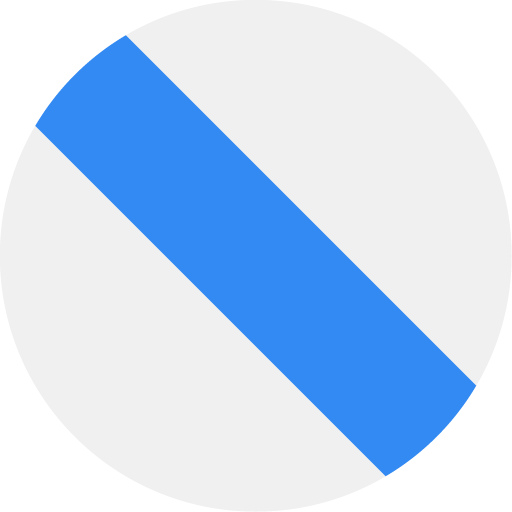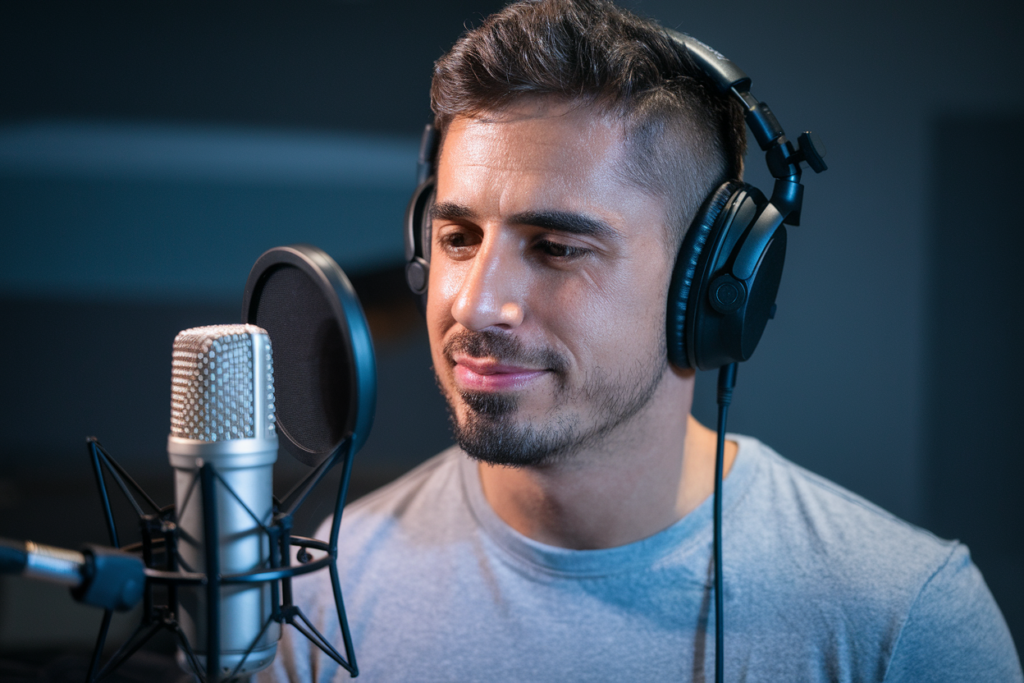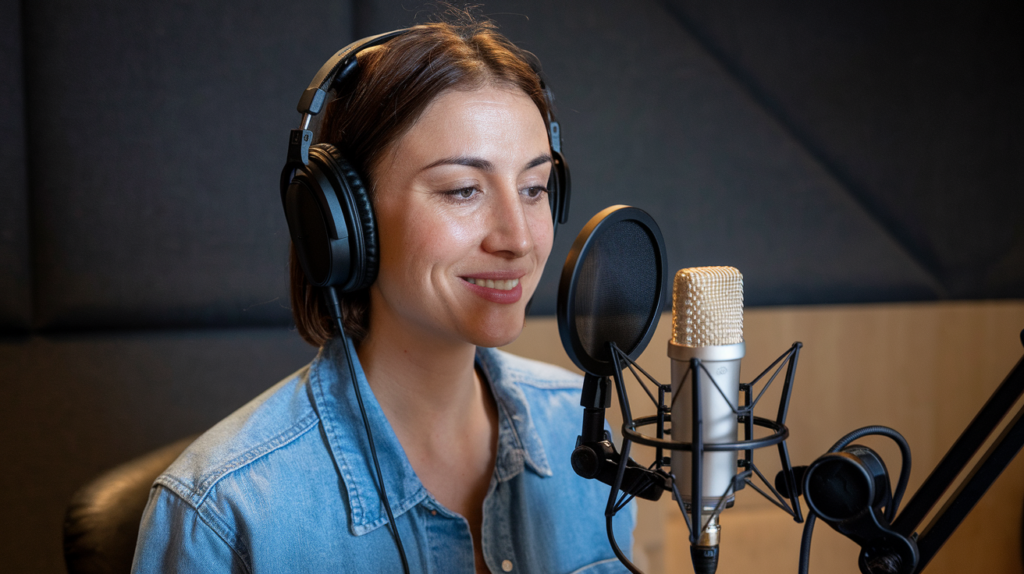The presence of Galician on the internet is a fascinating subject that reflects both cultural identity and modern communication. As a language with deep roots in Spain, Galician has navigated the digital landscape with unique challenges and opportunities. I’ve noticed how its usage online reveals much about the community’s commitment to preserving their linguistic heritage.
From social media platforms to websites dedicated to Galician culture, the digital world offers a stage for this vibrant language. But how does it measure up against dominant languages like Spanish and English? In this article, I’ll explore the current state of Galician on the internet, highlighting trends, resources, and the ongoing efforts to promote its use in our increasingly connected world.
Estado Del Gallego En Internet: An Overview
Galician’s presence on the internet reflects its cultural significance and evolving role in modern communication. While Spanish and English dominate online content, Galician shows a growing digital footprint. Recent statistics indicate that over 80,000 websites feature Galician language content, with an increasing number of social media accounts dedicated to promoting its use.
Online resources for learning and engaging with Galician have expanded significantly. Websites like “Galego.net” offer comprehensive language courses, while platforms such as “Twitter” and “Facebook” provide spaces for community interaction. These resources foster linguistic engagement among speakers and learners alike.
Digital initiatives play a crucial role in revitalizing the language. Projects like “Galicia Bilingüe” advocate for using Galician in educational settings, ensuring younger generations remain connected to their heritage. Furthermore, collaborations between local governments and tech companies aim to enhance the visibility of Galician online through optimized search engines.
Trends show an increase in user-generated content in Galician across various platforms. Video-sharing sites such as YouTube host a variety of channels featuring tutorials, vlogs, and cultural content produced by native speakers. This surge contributes positively to the representation of Galician culture globally.
Despite these advancements, challenges persist. Limited availability of software or tools specifically designed for Galician can hinder broader usage in professional settings. Continued advocacy is essential to address these gaps and ensure equal opportunities for all languages on digital platforms.
Overall, the state of Galician on the internet demonstrates resilience amid evolving linguistic landscapes. The commitment from both individuals and organizations continues to drive efforts toward elevating its presence online while preserving its rich cultural identity.
Historical Context
The Galician language has undergone significant changes since its inception, particularly in the digital realm. Understanding this evolution reveals the challenges and triumphs faced by the Galician-speaking community.
Evolution of the Galician Language Online
Galician’s online presence began to develop in the late 1990s with the advent of personal websites and early social media platforms. Initially, content was sparse and primarily focused on cultural topics. As internet access expanded, so did the volume of Galician-language content. By the 2000s, blogs and forums emerged, providing spaces for conversation and sharing resources in Galician. This shift increased visibility and encouraged more users to engage with their linguistic heritage through digital means.
Major Milestones in Digital Presence
Several key milestones mark Galician’s digital journey:
- First Websites: The launch of dedicated websites for cultural organizations in the late 1990s laid a foundation for online engagement.
- Social Media Growth: Platforms like Facebook and Twitter saw a surge in Galician-language accounts starting around 2010, promoting local events and discussions.
- Online Learning Resources: Websites offering language courses emerged around 2015, making learning accessible to broader audiences.
- Increased Content Creation: By 2020, user-generated content surged on platforms such as YouTube where creators shared tutorials and cultural videos in Galician.
- Official Support Initiatives: The establishment of projects like “Galicia Bilingüe” aimed at integrating Galician into educational frameworks further solidified its digital presence.
These milestones illustrate not only growth but also a commitment within the community to foster usage of their language online amid evolving technological landscapes.
Current Digital Landscape
The digital landscape for the Galician language showcases significant growth and engagement across various platforms. This section highlights key areas of online activity, including social media usage and blogging communities.
Social Media Usage
Social media serves as a vital tool for promoting Galician culture and language. Platforms like Facebook, Twitter, and Instagram host numerous accounts dedicated to sharing content in Galician. Over 30,000 active users engage with posts that celebrate local traditions, literature, and daily life in Galicia. Hashtags such as #Gallego and #LinguaGalega enhance visibility, fostering community involvement. Furthermore, campaigns by organizations like “Fala” encourage the use of Galician in everyday conversations online.
Blogging Communities
Blogging has become an essential medium for expressing thoughts and experiences in Galician. A growing number of blogs focus on topics ranging from gastronomy to travel within Galicia, showcasing the region’s linguistic richness. Approximately 1,500 blogs operate primarily in Galician, providing diverse perspectives while supporting language preservation efforts. These blogs often feature interactive comment sections that allow readers to engage directly with authors. Additionally, initiatives promote collaborations among bloggers to share best practices and expand their reach within the digital space.
Challenges Faced by the Galician Language Online
Galician faces several challenges in establishing a robust online presence. These obstacles hinder its growth and accessibility, impacting users’ experiences and engagement.
Limited Resources and Funding
Limited resources affect the development of digital content in Galician. Many organizations lack sufficient funding to create high-quality educational materials, websites, or applications tailored to this language. Without investment, projects struggle to sustain themselves or expand their reach. The availability of software specifically designed for Galician remains scarce, which can impede professional use and deter businesses from adopting it as a working language.
Competition with Dominant Languages
Competition with dominant languages like Spanish and English poses significant hurdles for Galician speakers online. Users often default to these more widely spoken languages due to broader access to content, tools, and resources available in them. This preference diminishes the visibility of Galician-language content on popular platforms and social media networks. Additionally, many algorithms prioritize content in dominant languages, further marginalizing minority languages like Galician in search results and recommendations.
Opportunities for Growth
The potential for the Galician language to flourish online is vast. Several initiatives and strategies focus on promoting its usage, particularly among younger generations.
Initiatives Promoting Galician Content
Numerous initiatives support the growth of Galician content across digital platforms. Projects like “Galicia Bilingüe” advocate for integrating Galician into educational systems, ensuring that students engage with their linguistic heritage. Organizations such as “Fala” run campaigns encouraging social media users to share content in Galician, using hashtags like #Gallego to boost visibility. Additionally, funding opportunities from local governments can help support the development of high-quality digital materials tailored specifically for Galician speakers.
Engaging Younger Generations
Engagement with younger generations plays a crucial role in revitalizing the presence of Galician online. Platforms like TikTok and Instagram attract youthful audiences, making them effective channels for sharing cultural content in Galician. Creating relatable and entertaining videos or posts can spark interest in learning and using the language among youth. Furthermore, incorporating gamification elements into online learning resources captures attention while facilitating language acquisition. By leveraging popular social media trends, advocates can inspire a new wave of young speakers committed to preserving their linguistic identity online.
Conclusion
The journey of Galician on the internet showcases a vibrant community dedicated to preserving their linguistic heritage. Despite facing challenges like limited resources and competition from dominant languages, the commitment to fostering Galician remains strong.
With an increasing digital presence through websites social media and user-generated content the future looks promising. Engaging younger generations with innovative projects can further elevate Galician’s visibility online.
It’s inspiring to see how technology can serve as a powerful tool for cultural expression and identity preservation in today’s interconnected world. As we continue to explore these avenues I believe we’ll witness even greater strides in promoting Galician in the digital landscape.








